No doubt about it – there is a lot going on this year. I don’t need to elaborate here about the many ways each and every one of us have had our lives turned around, upside down, or inside out over the last six months. Even the idea of just one more thing to do can topple us over like losing game of Jenga.
But this one more thing matters. A lot. It’s making sure to complete your 2020 census form – and encouraging your family, friends, and neighbors to do the same.
Why? Pennsylvania’s share of federal historic preservation funding is based, in part, on how many people live in the Commonwealth. If that population count is low because all Pennsylvanians aren’t counted, then there is less federal money for the commonwealth to preserve the older and historic places that matter to you and your community.
A Census Refresher
In our world of history and preservation, we usually hear the word “census” and immediately think about our eyes crossing while we sit too close to our computer screens trying to decipher 100+ year old handwriting.
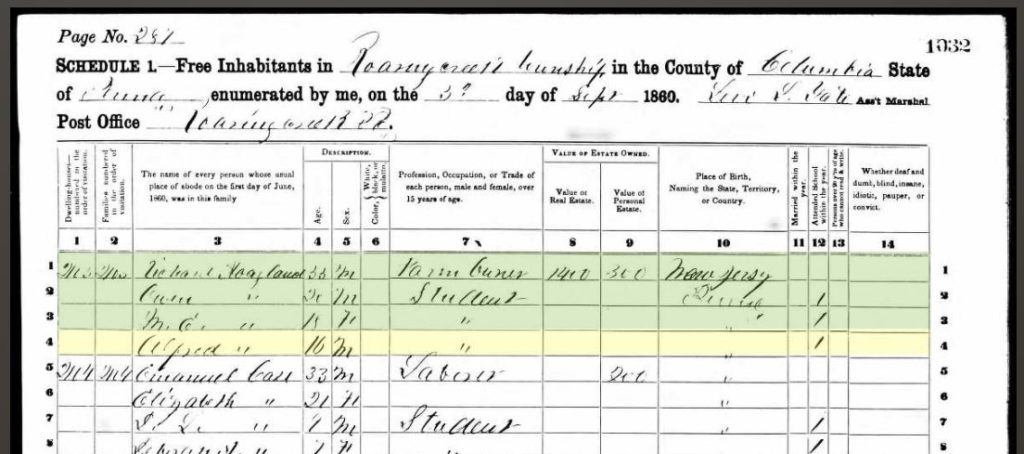
Few people realize that the census is mandated by the United States Constitution, which requires the federal government to count every person in the US and its territories every ten years.
The first population census was in 1790, making the 2020 Census only the 24th time (!) that the entire country has been counted. Throughout the 19th and 20th centuries, the U.S. Census Bureau also added censuses for things like agriculture, religion, industry, housing, education and more.
While the type and amount of information collected by the non-partisan U.S. Census Bureau has changed over time, one thing has remained constant: why the census matters.
Why do we need a census, anyway?
In a nutshell, we need the data collected by the census for these two things: dollars and votes.
Dollars: And by dollars, I mean federal spending on public programs. Population and other data collected by the US Census Bureau every 10 years are used to decide how billions and billions of dollars in federal public funding is spent every year. Pennsylvania has traditionally gotten a significant amount of federal public funding because it ranks 5th in the country when it comes to population. In 2019, it was estimated that over 12.8 million people live in the commonwealth.
Votes: And by votes, I mean fair representation in the U.S. House of Representatives. While each state gets two Senators no matter what, the number of Congressional Representatives can vary based on a state’s population which, you guessed it, is determined by federal population census. Some states may have only one or two, while others, like Pennsylvania, have 18.
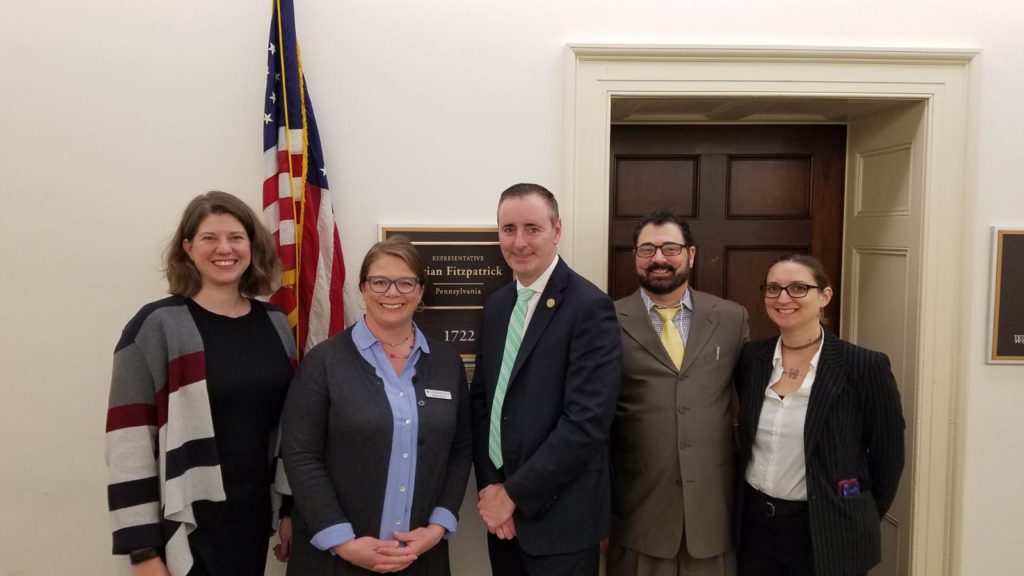
The Preservation Connection
A 2017 Report, Uses of Census Bureau Data in Federal Funds Distribution, found that in 2015, “132 federal programs used Census Bureau data to distribute more than $675 billion in funds.” One of those 132 federal programs is the Historic Preservation Fund Grants-In-Aid, or HPF for short.
The HPF was established in 1976 as part of the amendments to the National Historic Preservation Act (NHPA) and is the primary Federal funding mechanism for State Historic Preservation Offices (like PHMC). You can learn more about the HPF in this 2015 post.
Each year, the National Park Service provides HPF money through grants-in-aid to state and tribal historic preservation offices to implement the various programs authorized by the NHPA as well as other initiatives that advance historic preservation needs in that state or tribe.
NPS uses an apportionment formula to determine how much each state will get. Here is the connection to why filling out your 2020 census form matters: the apportionment formula factors in a variety of variables like population, land area, age of building stock, etc. – data collected through the US Census Bureau!
Currently, Pennsylvania ranks near the high end of the apportionment scale and receives a little more than $1 million annually to support the work of the PA SHPO. Ten percent (10%) of that grant is awarded to Pennsylvania’s Certified Local Governments through a competitive subgrant process.
Wondering how this makes a difference in your community?
Odds are good that your community has benefited directly or indirectly from the Historic Preservation Fund. Maybe it was a Certified Local Government grant, maybe it was some research you found on our website, maybe it was a property on the National Register successfully rehabilitated using historic tax credits, or maybe it was some technical assistance from one of the PA SHPO’s staff.
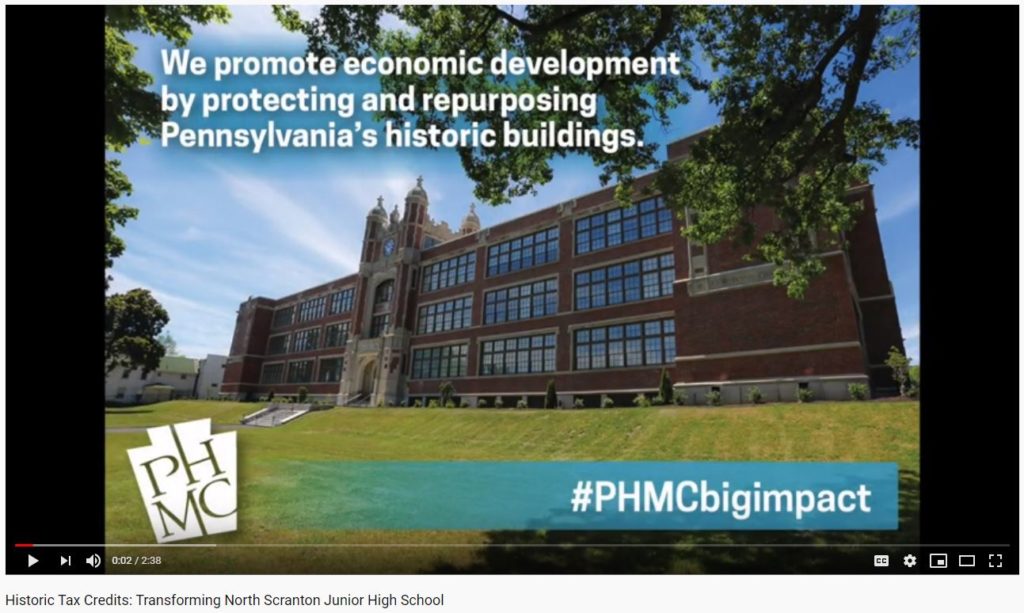
If Pennsylvania’s population count is low because all Pennsylvanians aren’t counted, then there is less federal money for the commonwealth to preserve the older and historic places that matter to you and your community.
Aside from preservation, being counted in the 2020 census brings other important benefits and opportunities to your community. Census results affect planning and funding for critical programs related to healthcare, food security, education, transportation, housing, community development, support for families, and more. This “Impact in Your Community” webpage explains exactly why your participation in the federal census matters.
Another bonus? In a hundred years or so, your future family genealogist will be super excited they found your informative entry in the 2020 census records.
Its not too late!
There is still time to participate in the 2020 Census online, on the phone, or through snail mail. Visit https://2020census.gov/en.html and click “Respond.”
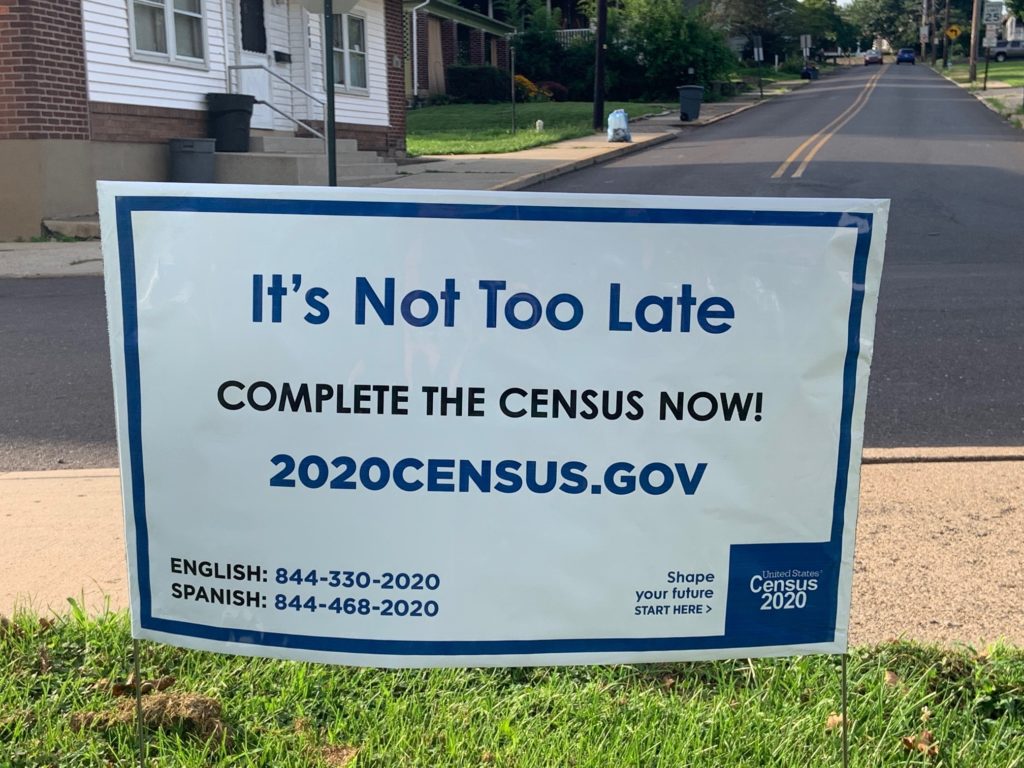
It’s the easiest and fastest way you can make a difference in your community – and for preservation in Pennsylvania – today.
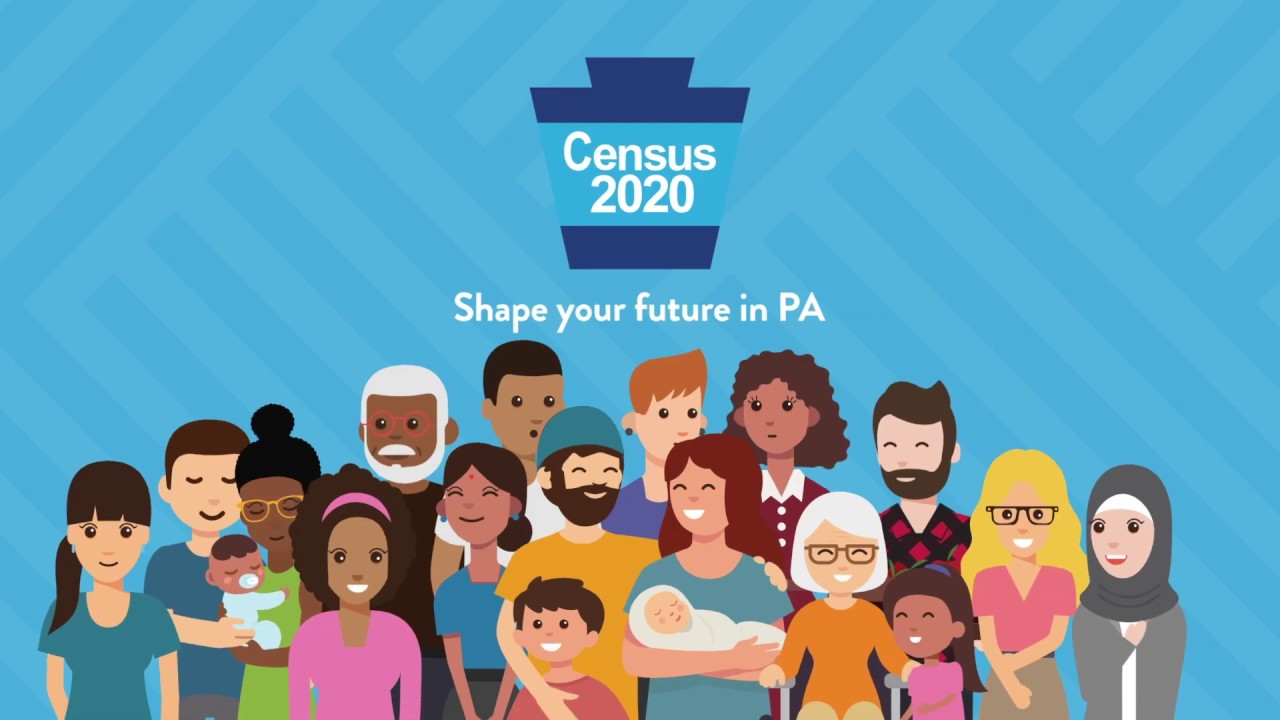
Leave a Reply